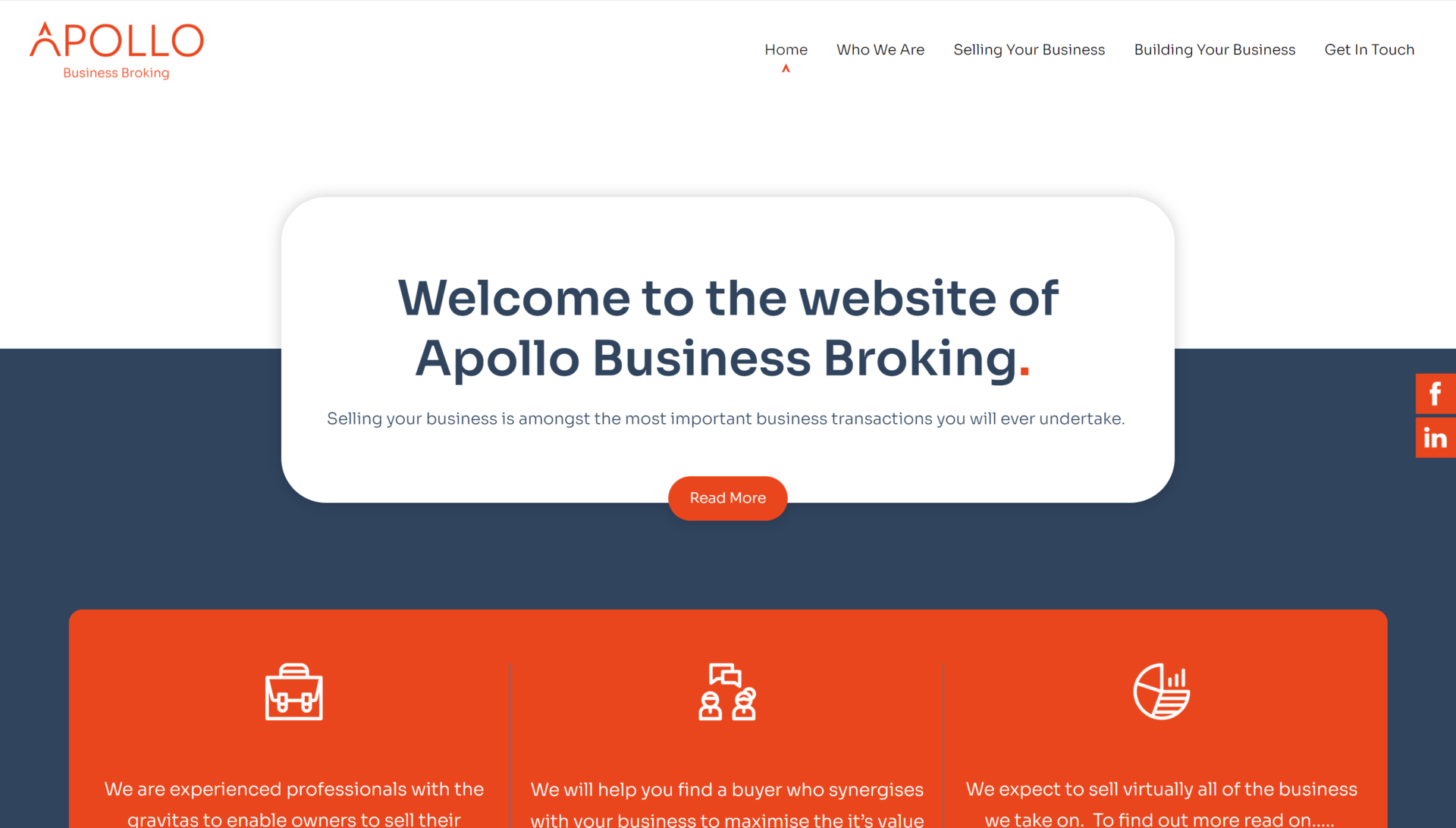Why responsive web design matters
Posted on 25th October 2017
Responsive web design simply means that the appearance of your website will adapt to whatever device is being used to view it. So people using desktop PCs, laptops, tablets and smart phones will each view your website in a different way, with the information being resized and reframed to make it easier to read and navigate.
The most sophisticated designs will even prioritise the information on your site, so people using a smaller screen (like a smart phone) will see your most important messages first. That’s pretty clever. But why’s it so important? Let’s take a look at the top 3 reasons why.
1. To connect with all your audiences effectively
It’s impossible to predict how your clients and prospects will choose to view your website. But one things for sure: it’s increasingly likely to be on a mobile device. According to the 2017 U.S. Mobile App Report, mobile apps now account for over 57% of all digital media usage, and smartphone apps alone capture more than half of digital media time spent.
Translated into English, that means there’s around a 50% chance that people will be looking at your website on a smartphone or tablet. And whether they’ve found you on a social media app like Facebook or through a simple Google search, they’ll expect your site to be formatted for use on their device. If it’s not responsive, they’ll be gone in a flash.
On the other hand, there’ll still be a hefty proportion of people using desktop and laptop machines to visit and navigate your website. So you can’t alienate this group any more than you can the mobile aficionados. You need a ‘one site fits all devices’ approach – and that means one URL, one code, and consistent design and content that delivers across the board.
2. To boost your SEO rankings
Search engines like Google love responsive web design – and this comes back to the above point about having a single URL, single HTML code and so on. This helps search engines to crawl and index your site, as well as making it easier for your users to interact with, share and link to your web pages.
As a result, a responsive site design could send you leaping up the search engine rankings, whilst a non-mobile-friendly site could have a serious adverse impact on your SEO (and, in turn, your website’s) performance.
3. To give your users the best possible online experience
This isn’t just about making it easy for users to read your content. A responsive design is likely to load more quickly across different device types, keeping your clients and prospects engaged with your site and reducing your bounce rate.
By giving people the high quality experience they’re looking for on their chosen device, you could well see an increase in enquiries, conversions and, ultimately, sales. And happy customers will be more likely to recommend your business online, and to share and link to your content on their social media accounts.
On top of this, a fast-loading website will stand you in even better stead with the search engines; it’s worth noting that Google will always reward web pages that load within one second or less.
How to check if your website is responsive
A good place to start is to check out what your website looks like, and how easy it is to navigate, using different devices. Try viewing your website on a mobile phone - is the text easy to read? Are the images too large, pushing other content out of the way? Does the navigation compress down to the now-familiar "Burger Navigation"? Are Links and Buttons big enough to "tap" with a finger?
Even if your website is responsive there are often layout issues, like the above, that need to be fixed - especially on template based websites, and features like tap-to-dial can have a significant impact on the conversion rate of your website.
Not sure or need some help?
Here at It’seeze, we specialise in designing and building responsive websites for businesses - we can run a free website health check to test if your website is responsive, as well as test the SEO, Speed and Broken Links.
Share this post:


